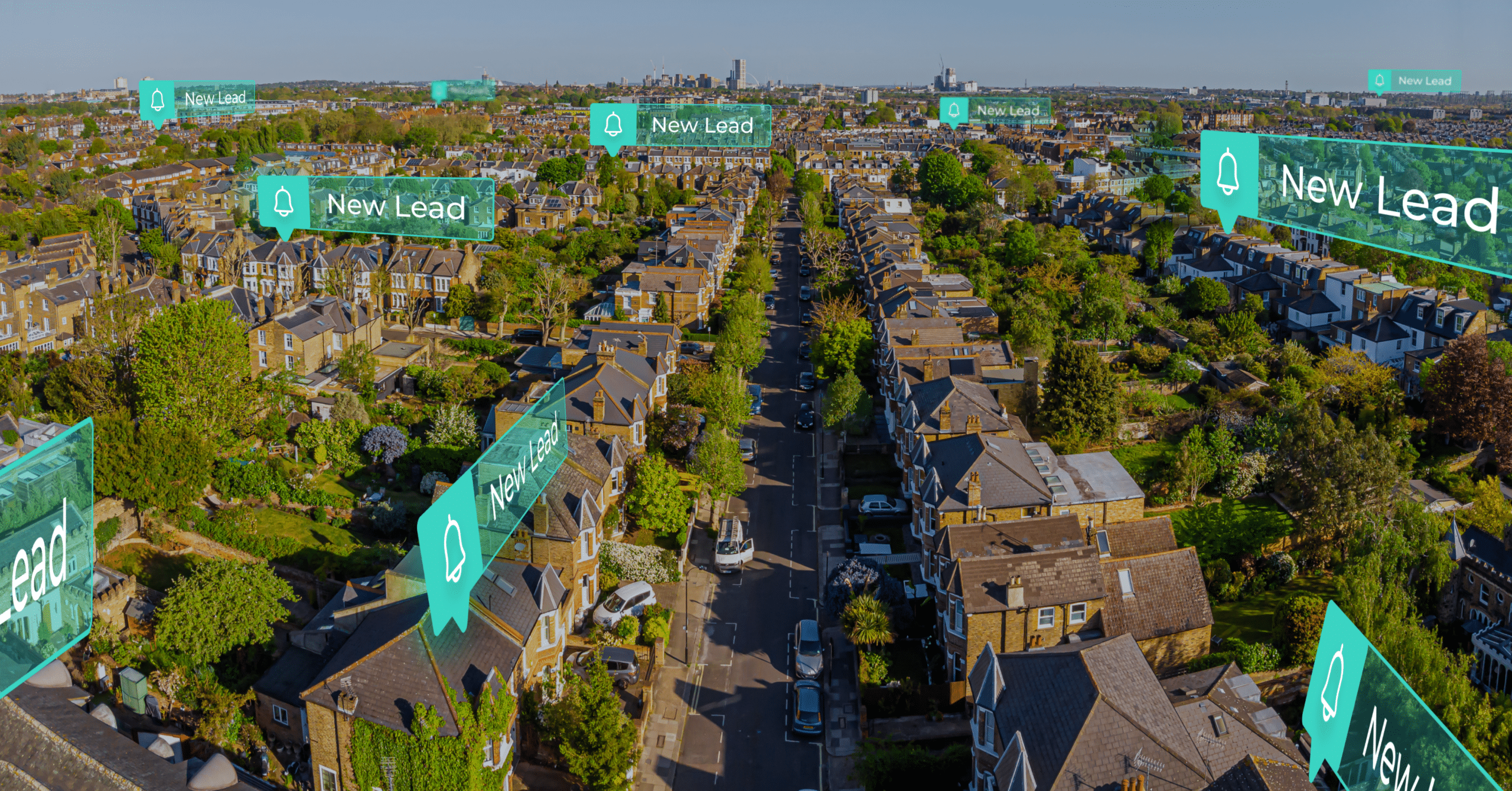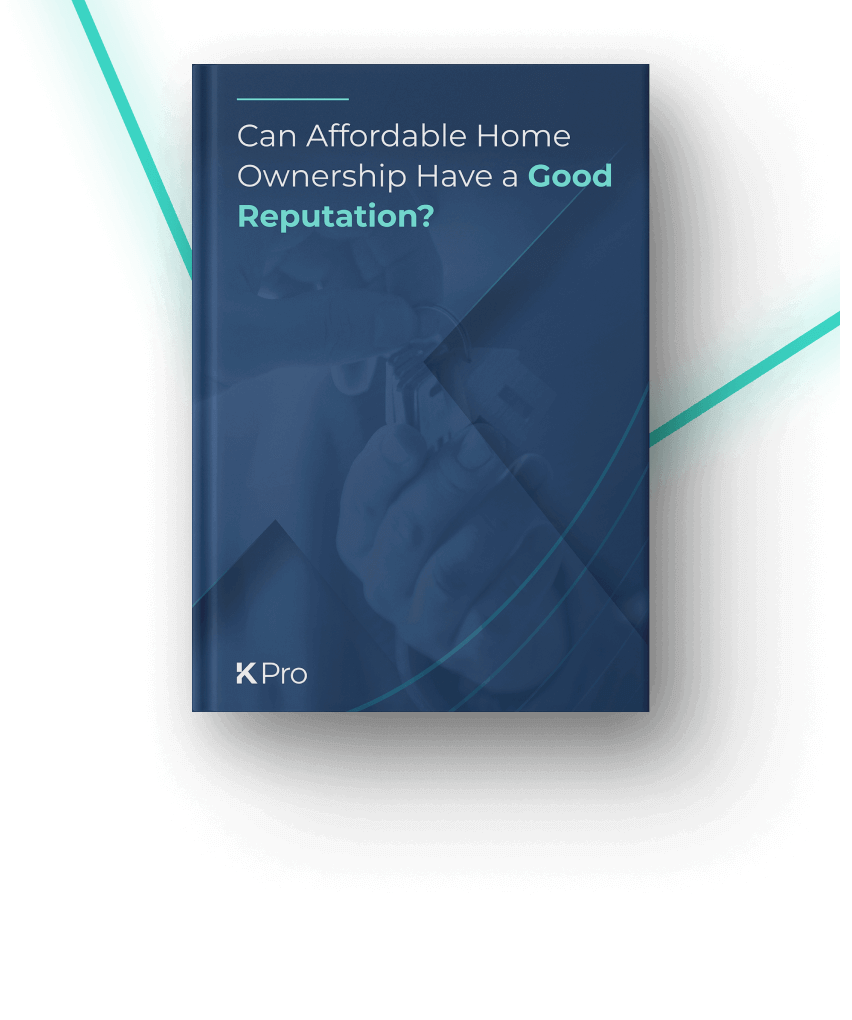
6 Lead Management Updates for Affordable Home Ownership Providers
It’s never been easier to connect the right home with the right person. Huge listing sites make outreach simple. Email alerts and text reminders keep home seekers updated, and sophisticated CRM systems help you market properties effectively.
However, there’s a problem. Housing associations and other providers of affordable home ownership have struggled to keep pace. The complexities of shared ownership, shared equity and affordable housing agreements and listings are broadly unsupported by commercial estate agency software, and few industry-specific solutions exist.
What’s needed is sales and letting software built for the complexity of affordable home ownership. That means a solution able to integrate with large commercial sites like Zoopla and Rightmove, but also sites like Platform Homeownership, Share to Buy, and Keaze. It also means a solution that’s able to support the documentation, ongoing communication and reporting required by affordable home ownership providers.
At Keaze, we built a digital toolkit called KPro to help our customers achieve these outcomes on our platform, and have now brought this solution to the wider market. This article explains how digital transformation can upgrade the sales and letting process for affordable home ownership providers, and how KPro helps. Let’s get started.
Suggested reading: If you want to learn more about transformation and affordable housing, check out our new eBook — Can Affordable Home Ownership Have a Good Reputation?

1. Centralise lead collection across all platforms
Listing sites expand your reach and are great for consumers, but create an administrative nightmare if not properly managed. In order to effectively follow up with leads and identify the best opportunities for each property, it’s critical to create a single-source-of-truth. However, doing this manually with spreadsheets will simply waste all of your time cataloguing leads, rather than helping you contact leads more effectively.
Strategies to help
Modern lead management depends on automating lead collection across all listing platforms. This is what traditional sales and letting software delivers to commercial estate agents. However, for that solution to not simply act like a glorified spreadsheet, you need to make sure that it’s able to integrate with the listing sites you use, and automatically update lead information. Ensure that your lead management tool is:
- API compatible, with RestAPI and BulkAPI capabilities.
- Able to interpret shared ownership scheme listings like “shared-ownership” and “help-to-buy”.
- Capable of search features to review and group leads.
- Able to meet the unique listing requirements of shared ownership contracts, e.g. ownership percentages.
That last point is important because of the limits some sites put on extracting information using tools that are not also able to post listings. Regardless, the first step towards a streamlined process is to bring all your information together. Once your outgoing property information and incoming lead information are in your system, then you can start to build much more effective processes for sales and marketing.
2. Integrate with your CRM
If you are using a separate CRM to your sales and letting software, you need to make sure everything is integrated in order to ensure effective lead management. You’ll want to automate outreach and follow-ups, as well as keep track of long-term relationships.
Remember, managing people and properties is a dedicated process, particularly when it comes to shared ownership. Existing homeowners could be good candidates for new properties, and leads that don’t become buyers can remain good remarketing targets for years. All of this is particularly important for housing developers that need to be able to fill new-build properties.
Strategies to help
Again, this comes down to APIs and compatibility, and starts with centralising lead collection across platforms. The difficulty of integrating directly with affordable home ownership listing platforms is why you likely need a dedicated tool to achieve this, and why you can’t simply rely on a traditional CRM.
The next step is to ensure that the CRM you use can integrate with your listing and lead management solution. If you have an existing CRM, compare the API requirements of that solution against any potential software solutions. If you’re starting from scratch, consider building a unified solution from the ground up.
Pro tip: KPro is a modular listing tool and a CRM for affordable housing, and was built to integrate with the widest possible range of traditional CRMs. This allows you to integrate an existing solution and connect it to the listing platforms, or forgo the need to use a traditional CRM at all.
3. Use automation with personalisation
Automated processes are the key to more efficient operations, and 97% of marketers see positive business results from personalisation.1 With the right technology, these two outcomes go hand-in-hand.
The more steps you are able to automate, the more your sales teams will be able to focus on personalised communication with prospects, and make the right strategic decisions. However, on top of that:
- Digital workflows generate and capture data that helps with personalisation.
- Modern automation tools allow you to set up personalised conditions and directly feed data into outreach campaigns.
Strategies to help
Making personalised automation work starts with centralising lead management. Having all of your contacts and data in one place allows you to apply automation and leverage that data for personalisation. Success comes down to the technology you use and processes you put in place. It should be possible to set up conditional and personalised automation for:
- Responses to requests for information about properties.
- Viewing reminders and instructions.
- Follow-up messages after viewings.
- Sending assessment forms and purchase documents.
- Marketing email targeting previous leads for new developments.
- Scheduled check-ins for current tenants.
A traditional CRM should enable you to do most of this. However, affordable home ownership providers also need to consider how to automate industry-specific requirements such as CORE (COntinuous REcording) reporting and e-sign documentation for shared ownership. Delivering on these unique requirements is a fundamental reason we built KPro, either to work as a standalone system, or as a modular plug-in to an existing CRM.
Want to improve your current workflow?
4. Enable self-service to empower users
Putting control in the hands of your customers is a powerful option. 40% of consumers now say that they prefer self-service.2 Although no one is considering self-service checkout for home purchases, you can improve customer experiences and response time by providing people with direct access to information via self-service options within your sales process.
Strategies to help
At KPro, we’ve pioneered the integration of self-service features into the lead management process with The Home User Guide. This allows tenants to research houses and receive updates once they’ve purchased a home — connecting the dots across the entire customer journey. The Home User Guide gives users access to the information they want, when they want it, including access to their:
- Favourite listings with application details.
- Documentation status and requirements.
- Tenancy information and maintenance updates.
A customer portal then continues to add value to tenants and homeowners long-term. For example, people with shared ownership contracts can check on their equity percentage or get information about property developments. Again, to make this work well, you need to make sure that access to (and reporting from) any customer portal is directly linked to your CRM.
5. Ensure real-time and sophisticated reporting
Centralising your data brings dramatic benefits to decision making — as well as efficiency. However, you need access to this data with customisable and real-time reports to really put it to use. This way, you can stay up to date on individual prospects and identify long-term trends.
Strategies to help
You need to ensure that the tools you use to central lead management provide reporting capabilities, such as:
- Effectiveness of each property listing platform.
- Overview of properties by status.
- Delays in the progress of each lead or property through the buyer’s journey.
- User self-service portal access statistics.
These reports can become actionable improvements for your sales team. For example, if a bottleneck in sales progress can be identified, your team can investigate the cause. Or, a drop in the effectiveness of a property listing platform might indicate a need to change your listings or procedures.
6. Build a holistic perspective
Every update on this list is valuable on its own. However, it’s when all of this is taken together that you are able to really build a next-generation lead management system. With a holistic perspective, you are able to:
- Improve remarketing based on lead collection and management.
- Project how quickly housing stock can be filled when planning new developments.
- Use customer feedback to highlight areas for workflow improvements, staff training, and efficiency boosts.
Gathering information, analysing processes, and building sophisticated reporting all leads to a better view of your entire operation. This generates better decision making, more efficient processes and improved customer experiences. Building a holistic perspective should be your overarching goal when it comes to updating your lead management process, as well as your entire strategy for affordable home ownership provision.
Strategies to help
Your ability to think holistically and long-term ultimately comes down to integration. Siloed systems and information are what prevent most affordable home ownership providers from effectively realising this goal. However, if you’re able to centralise your lead collection and integrate that collection with your CRM, you are well on your way to building the holistic perspective you need to take things to the next level.

Change depends on the application of technology
Complexity has held back affordable home ownership providers because of how it limits the application of technology to automate and integrate processes. Standard sales and letting software simply cannot manage the unique specifics of shared ownership contracts, and the challenging requirements of affordable housing listing platforms.
Software has the potential to transform the future of housing associations, and other affordable home ownership providers. We set out to deliver this with KPro, which was built based on our experience watching affordable home ownership providers struggle to manage listings on Keaze. Kpro delivers an end-to-end solution in a modular package that is able to complete an existing system or build one from the ground up. Don’t take our word for it. Get in touch and book a demo today.
About The Author
Computer science graduate with over 15 years of housing experience. Leading sales, marketing, research and development teams, and strategies, at G15 organisations such as L&Q and Southern Housing Group.







